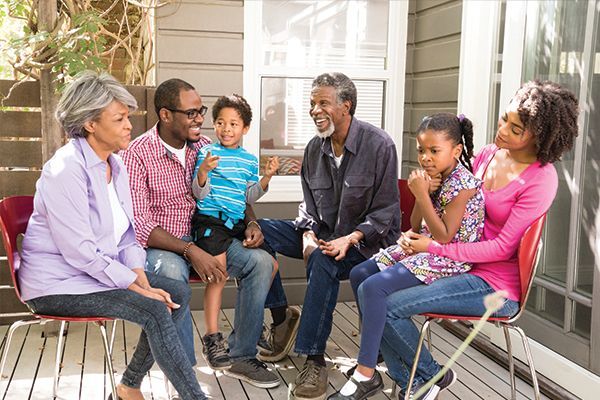Five Questions to Ask Your Parents to Better Understand Them
Nature's Symphony
We all likely feel that we know our parents like the back of our hand. After all, most of us have spent our whole lives spending time with them. Have you ever considered there might be aspects of your parents’ lives you don’t know about? As we all know, life’s short, and now is the time to take the time to better understand your parents.
But what should you ask?
These five questions below can provide a depth of insight into your parents that you would most likely never find out otherwise.
Ask about past loves- Since you know your parents through their relationship with you and the other parent, it can be difficult to imagine that they were their own people before both of those relationships. To shake your parents out of this frame of perception that you see them through, find out what previous romantic relationships they had.
The answers and stories your parents share will provide a lot of insight into what they were attracted to, where they were at in their life at different stages and even how you could have turned out differently. Learning about past love and hurt, and how it shaped your parents, can go a long way toward humanizing them.
Ask what adventure they’ve always wanted to have- You’ll learn a lot about a person when you find out the fantasies they dream up. Asking your parent about a childhood dream or a bucket list adventure will shed some light into what makes them tick and what makes their heart sing.
You might find out that your parent who is a doctor once dreamt of being a fighter pilot. Or, you might learn that your quiet, reserved parent has always wanted to go skydiving. Learning such information might let you create some new adventures and memories together.
Ask which death affected them the most- Learning how your parent grieves can teach you an abundance about their biggest relationships or loves. By learning which person’s death affected your parent the most, you’ll understand what it is they value the most. This answer may also reveal interesting stories from their past that would have never come up in organic conversation.
Ask about the time period prior to your arrival- It can be such a gift to know who your parents were before you came along, how you changed them and what circumstances led to your upbringing. You may learn a lot about your parents’ relationship or how they improved themselves just to make a better life for you. Or, you may learn details about the pregnancy, how both parents felt when you were born and what stories marked each milestone.
Ask what golden piece of advice they would offer- It can be interesting to discover the major life lesson your parent has learned over the years, and can teach you about their philosophy on life. Finding out their major piece of life advice will help to give you a purpose in life and better understand your parent’s legacy they would like to leave behind when the time comes.









